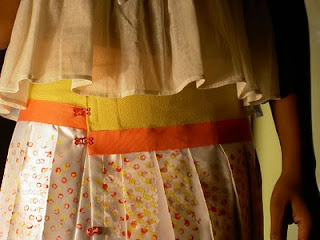Vickie Frémont, New York - Africa: artist and designer

Vickie Frémont Vickie Frémont has been designing and creating since she was 8 years old, drawing and painting without having ever been taught. At the age of 12 she began to sew, making dolls for her little sister. She was rather shy and spent most of her time as a child alone, reading, writing or knitting, beading… Vickie was born in Cameroon, but left at an early age. With her parents, she lived in Morocco, and many years in the Ivory Coast and in France. She obtained a Bachelor’s degree, in France, and planned to teach Spanish. She also studied anthropology and economics. However, at one point she was working in the neighborhood of the Necklaces Beaux Arts (fine arts) school and started studying Arts techniques, realizing that there was her calling. She operated a knit textile company for several years, employing 10 people, creating knit designs for such well-known brands as Georges Picaud, Anny Blatt, Pingouin, Phildar, Sonia Rykiel, Torrente, Dorothée Bis, Daniel Hetc...







